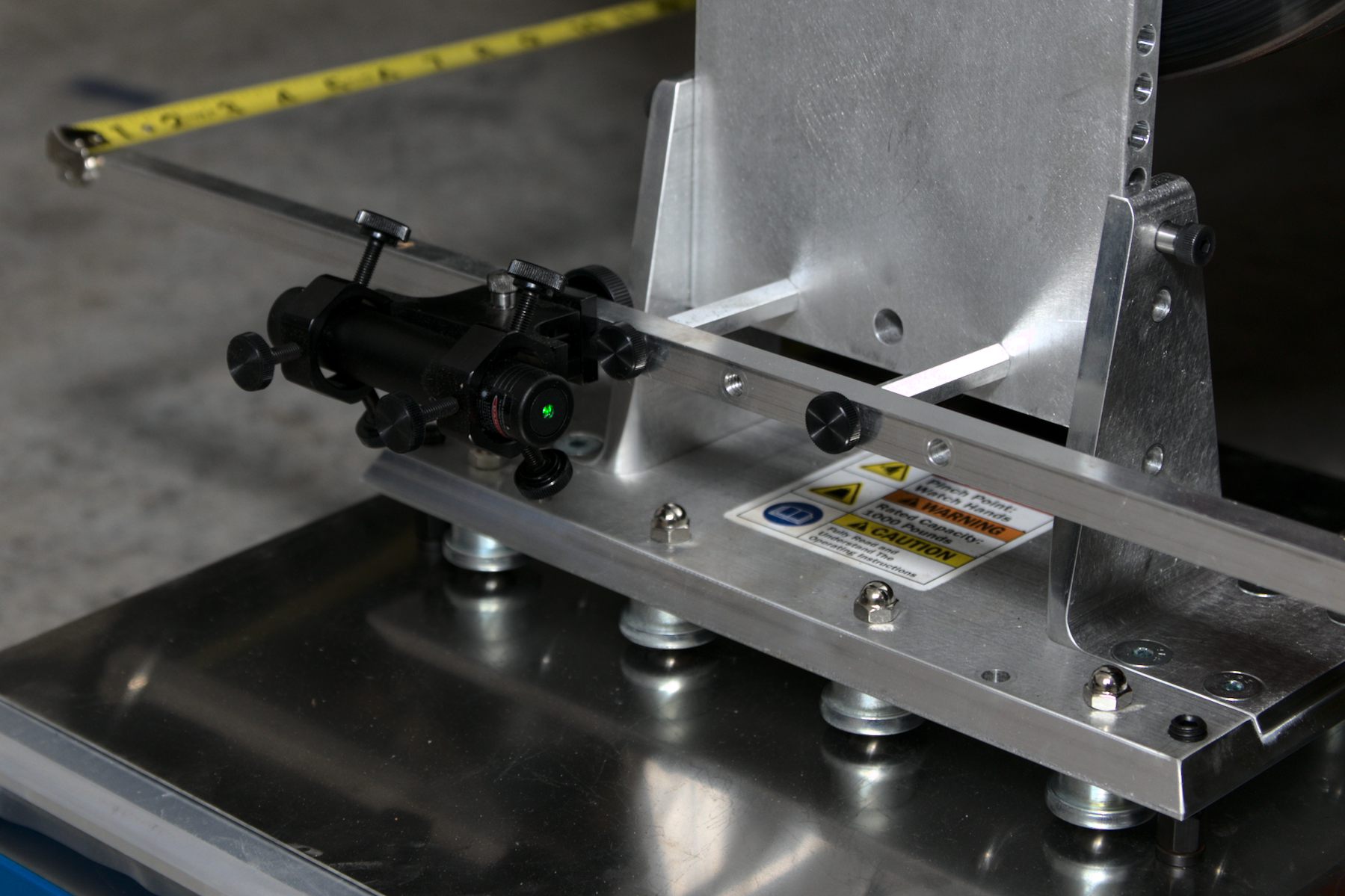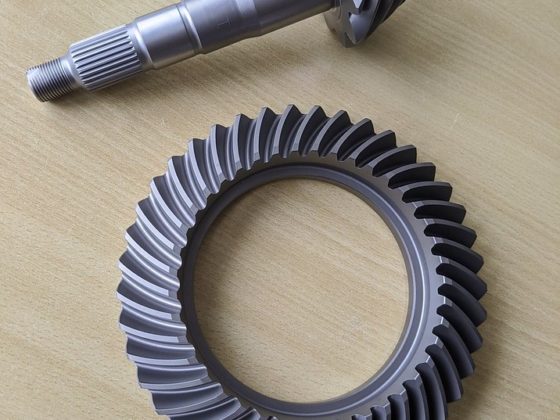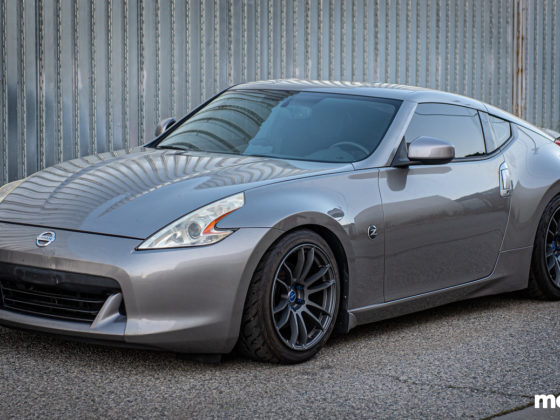
It’s crucial to put “your” weight into the car because this will affect the ride height and the suspension geometry. I don’t weigh a lot, but if you are a bigger person and in a softly-sprung car, your weight can massively affect the geometry, which, in turn, affects the alignment.
Alright, time to get to corner weighting. I won’t go into the details of how to corner weight a car in this article. There’s plenty of information about how to do that on the internet.

OK, more than several hours, if you remember the backward-scales fiasco I mentioned. This is not “perfectly” corner weighted. But it’s about as good as it’s going to get without making the suspension really awkward for a few less percents. A street car-cum race car is not likely to be perfectly balanced. A tube-frame race car is probably much closer, but still may not be perfect.
At this point, the answer is either ballast (additional weights bolted into the car) or moving things inside the car. For example, if you remember the Chillout Systems driver cooling system installation, you know that I’ve got the cooler sitting behind the driver seat. In the future, the cooler can go on the passenger footwell floor, moving weight from the LR to the RF area. Fuel load is going to move more weight to the rear. It’s all a series of compromises, really.
A few things about the scales, while looking at the display. There are a LOT of features. You can store/save setups. There are several different display modes, each with their own nuances. For example, this is the “ROAD RACE” mode, where you can choose wheel weights to include as a percentage of the total. There are circle track modes that show cross weights. There are drag/rally modes that show axle percentages. There’s really quite a lot.
One of the best features for me, though, is the “HUB MODE” feature. This mode allows you to compensate for the weight of hubstands! First, you weigh your wheel and tire combinations (using the scales, of course). Then, you record those weights in the Quik Weigh system. Then you measure the weight of the hub stands. You record those weights in the Quik Weigh system. When you turn on HUB MODE, the system will automatically compensate for the weight difference and show you the corrected weight. So this 3352lb figure is the actual vehicle weight when the real wheel/tire combination is installed. That’s awesome. It can also compensate for differences in wheel/tire combinations. Remember that circle track racers, especially on dirt, may have different wheels and tires even on each axle.
OK, with the weights figured out, it’s time to move onto the alignment in earnest.

For the SC300, the toe bars had to go to the lowest position for the tape measures to clear the suspension. The one nit here is that the hole for attaching the camber gauge is now obstructed by the toe bar. However, within the accuracy of the camber gauge (single tenths of a degree), merely pressing the camber gauge’s large flat surface against the hub plate is good enough for a quick measurement. It doesn’t need to be securely attached for eyeballin’.
Adjusting a multi-link suspension is where the real fun is (not at all). Toe affects camber affects toe. You adjust one, and you change the other. Again, a series of compromises. Don’t forget that you have both factory eccentric bolts (which, in the case of FIGS Engineering arms, determine the nature of the dynamic alignment change through suspension travel) and the arm adjustments (for the actual static/baseline adjustments).
To make it harder, every single arm in the rear was new, I had just changed the upper arm now, and I was shooting for a baseline, so it took an extra long time to get everything where it needed to be.
Make sure that, in the rear, all your eccentrics are in the desired position and torqued first before starting to make your alignment adjustments. Otherwise, you’ll end up torquing the eccentric and moving it and realize later that you have to re-do the toe again. Don’t ask how I know.
In the front, the factory lower eccentric is the “fine” adjustment for camber, and you get a few degrees of adjustability. In the front, you set the arm length/rod end length first, lock that in, and then adjust the camber via the eccentric. Toe is adjusted via the tie rods. Caster is not really adjustable in the front on the SC300.
I won’t go into the nuances of aligning my car, because every car is different. There’s also plenty of information on the internet. If you want to remember a bit about the particulars of the SC300 rear end, check out this article I wrote.




17 comments
palate / palette / pallet. Your “palate” is the roof of your mouth, and by extension, your sense of taste. A “palette” is the flat board an artist mixes paint on (or by extension, a range of colors). A “pallet” is either a bed (now rare) or a flat platform onto which goods are loaded.May 30, 2016
palate / palette / pallet | Common Errors in English Usage and …
brians.wsu.edu › 2016/05/30 › palate-palette-pallet
loaded
It’s funny – I looked at the spelling several times and was questioning it in my mind and didn’t bother to look it up. Thanks – I will go fix it 🙂
A fantastic article overall, too many years doing newspaper and yearbook edits make me notice things like that. Can’t wait to see the car driven in anger.
@DedBull I am always down for constructive/useful criticism. Good eye and thanks for catching it.
Next event is hopefully September 11th!
I really want this for Christmas!
@mike it’s frustrating at first but now that I am learning how to do everything it’s becoming more enjoyable. Especially now that it’s all dialed in. I have probably re-done the same thing three or four times, and I probably have a few more re-dos still to go.
Any chance of a full list of part numbers?
@atomic I added part numbers to the very last page just now. Good idea and thanks for asking for it.
I love this! Thanks for sharing.
Very impressive set-up. A question regarding the weight in the driver’s seat: for when you are corner weighing the vehicle, why not put some weight on the floor where your feet will be? You are clearly going to great lengths to maximize a lot of the systems on this car, so why not go this extra mile? Put a bathroom scale on the floor as far forward as the pedals/bulkhead will allow, sit in your normal driving position and read the scale to determine how much of your weight is not on your seat. Then, you can put some weight on the floor and put the rest in the seat. Necessary? No, but it’s more accurate than putting all of the weight in the seat. Just a suggestion.
@banfstc you are correct. I had sent that picture to a buddy who does drag car chassis set up (Menscer Motorsports) and he more or less immediately made the same comment. Since that photo I have been putting one of the 45# plates on the floor just in front of the seat. Ideally I need to get additional small weights to do as you suggest — “lay” my weight out more realistically where it goes. That being said, my guess is that my feet by the pedals weigh on the order of 20# at most as I sit pretty deep in the seat. I’d be curious to see what moving 20# from the seat to the pedal box area will do to the corner weights. At some point I’ll report back on that for sure!
Only half kidding. I am local and setting up my Lotus Esprit for track day fun. Adding lots of adjust ability to the suspension.
Would you let me come by and guide me while I corner weight and align the car with your awesome gear?
Happy to pay for the privilege. I realize it would probably take much of a day and it is a big ask.
If you use Facebook, send me a message. Happy to talk about it. One requirement is that your car needs to be 5-lug. If it’s not, it won’t work (I only have the 5-lug plate). If you don’t use Facebook you can email me using my full name (Erik M Jacobs) to Gmail
I’m always so confused by the enormous amount of time and money spent on this car. At this point, you’ve spent so much money on everything from overkill wiring to now pro-level alignment gear, you could have just bought a better starting point that didn’t need all this work. You’d also have more time behind the wheel where most of your lap time will come from. It’s a very thorough and impressive build, but it just doesn’t seem like the wisest route to a lap time.
@hayes
The journey is not about the destination.
I could have bought an MX5 global cup car. I could have bought a used TA2. I could’ve bought a used Porsche or sorted PCA or other race car. This is a horrifically expensive build.
Why? Why not?
I wouldn’t have learned anything about wiring, fabrication, or building cars. I wouldn’t have had any of the experiences I’ve had in the building of it.
Realizing your dream isn’t always about the end result. Sometimes it’s about the things that go into realizing the dream. Sometimes the dream itself loses its importance along the way, and it becomes all about the way and not the dream.
If I had a dollar for every time I wanted to set this car on fire and give up, I’d have lots of dollars. You don’t see the heartbreak or the misery parts on MotoIQ. You get the happy bits at the end of figuring it out. Sometimes you see the un-fun things, but it would be really quite boring.
I’m not much for the whole #builtnotbought movement, but there’s something to it. I often wish I could just send the car somewhere, stroke a check, and have it be a GT4-like end product.
But that’s not what’s happened. And I wouldn’t have it any other way.
So if I have a welded diff, this doesn’t work, right?
@nikita yeah it would be nearly impossible to get the lugs lined up so that the hub stands would both be vertical. You definitely need a diff that has SOME level of independent movement, or you would need to come up with an alternate mounting stand where you could attach something to the hub and then be able to rotate the actual stand to be in the proper orientation. It would be….. hard.